Introduction to the flavor characteristics of sunny bourbon coffee in Malaba Mountain, West Java, Indonesia
WEST JAVA MALABAR MOUNTAIN
Malaba, West Java
Producing area: West Java, Indonesia
Altitude: 1400-1800 m
Treatment: insolation
Grade: G1
Variety: TIM TIM;Bourbon
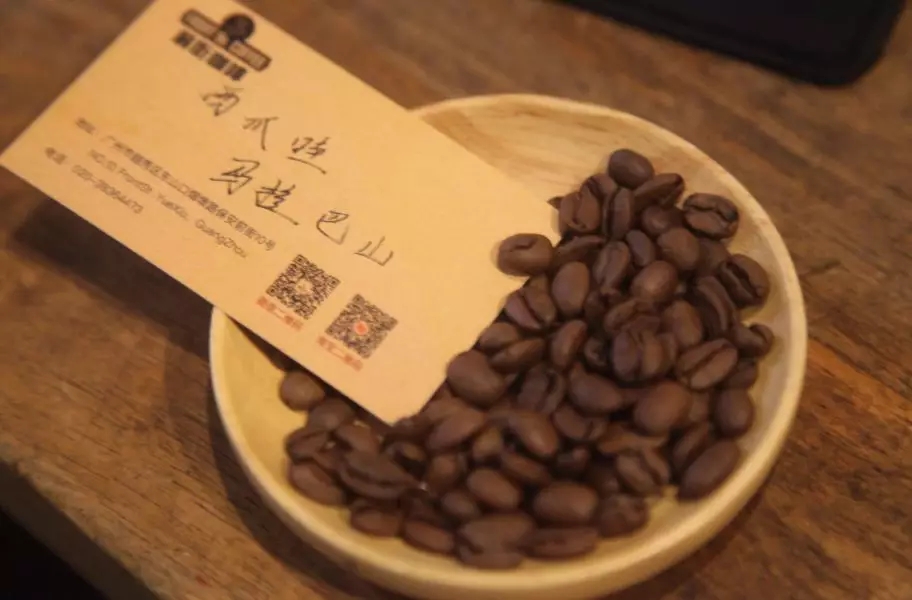
| 01 | production area description |
Java has a long history of producing coffee. West Java is the place where coffee was first grown in Indonesia during the conquest of the first Dutch colony. The Dutch began to grow and export coffee trees on the island of Java (part of the Dutch East Indies) in the 17th century.

In the early days of Dutch rule, Arabica Typica coffee beans were grown and coffee was introduced from Ceylon (modern Sri Lanka). In the 17th century, the Dutch colonial government first grew coffee in Batavia, extending south to Sukabumi. And a wide range of central East Java Java, West Java and parts of Sumatra and Sulawesi Island, open the noble marketing of coffee.
Coffee trees from Java were exported to the Netherlands in 1711, cultivated in greenhouses in Amsterdam and sent to Versailles in France in 1715. Since then, the coffee grown in Asia and America, where the Dutch and fascists spread, is the New World Coffee.
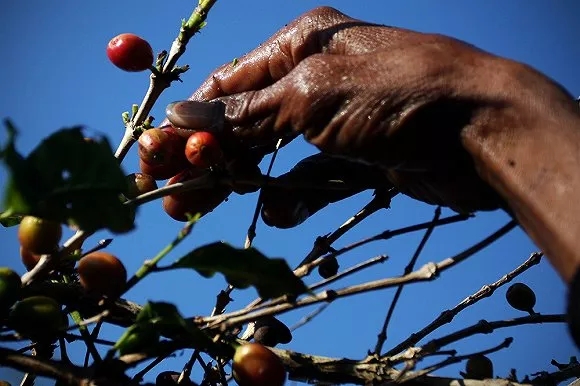
The better quality coffee in Java usually comes from state-owned and private estates, which, with the support of the government, are easier to sell to Europe and the United States and are relatively famous.
02 | Variety introduction
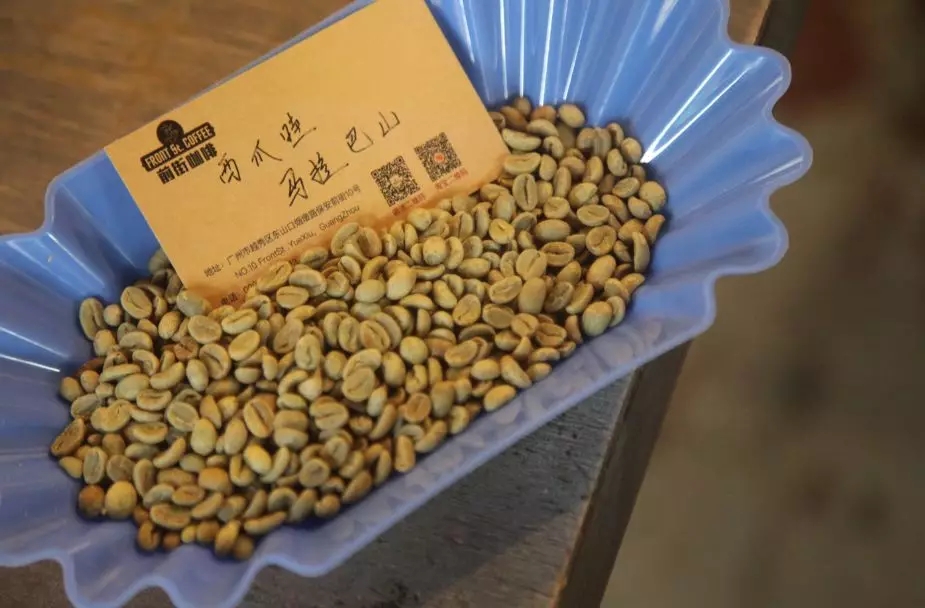
[Tim Tim]
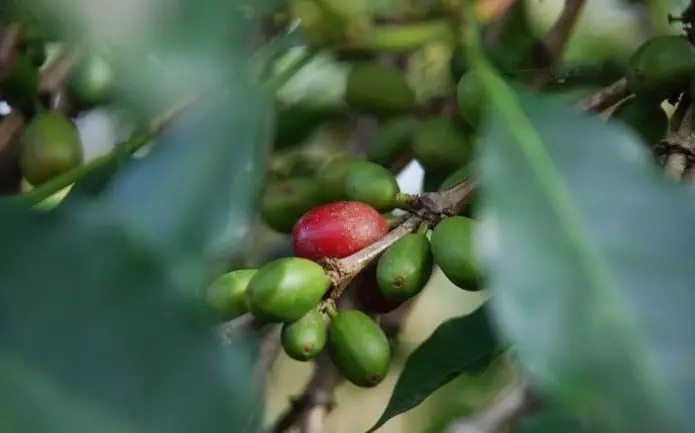
Tim Tim is a natural cross between Arabica coffee and Robusta coffee, which was discovered on the island of timor in the 1940s and cultivated for its natural disease resistance. In America, this variety is called Hybrido de Timor, or HDT, and in Africa, a similar variety is called arabusta.
[bourbon]
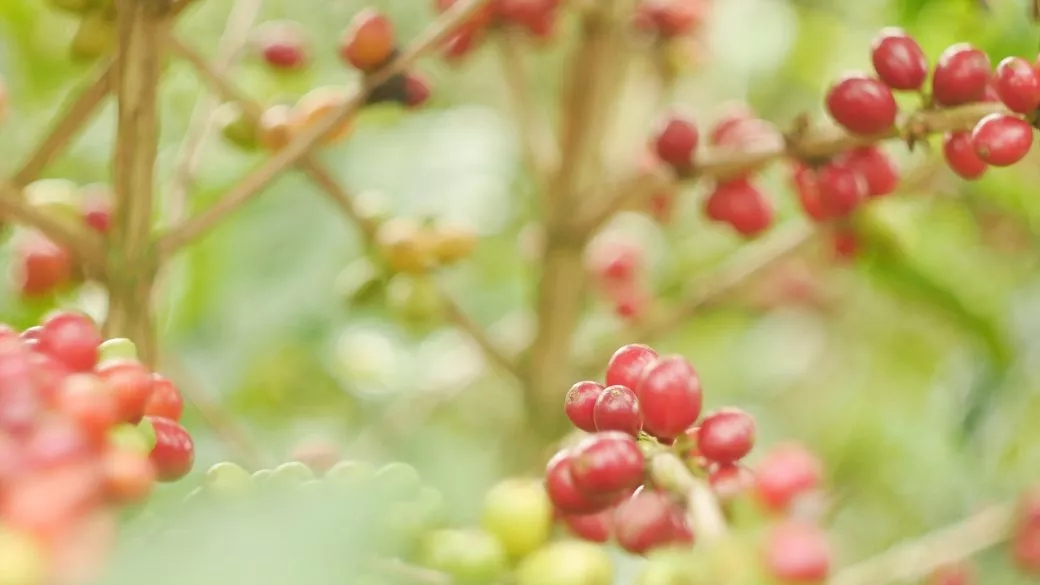
Bourbon coffee was originally grown on the island of Reunion, which was also known as le Bourbon before 1789. Bourbon, the second species caused by the Typica mutation, is the oldest coffee variety in existence, and the green fruit appears bright red when it is ripe.
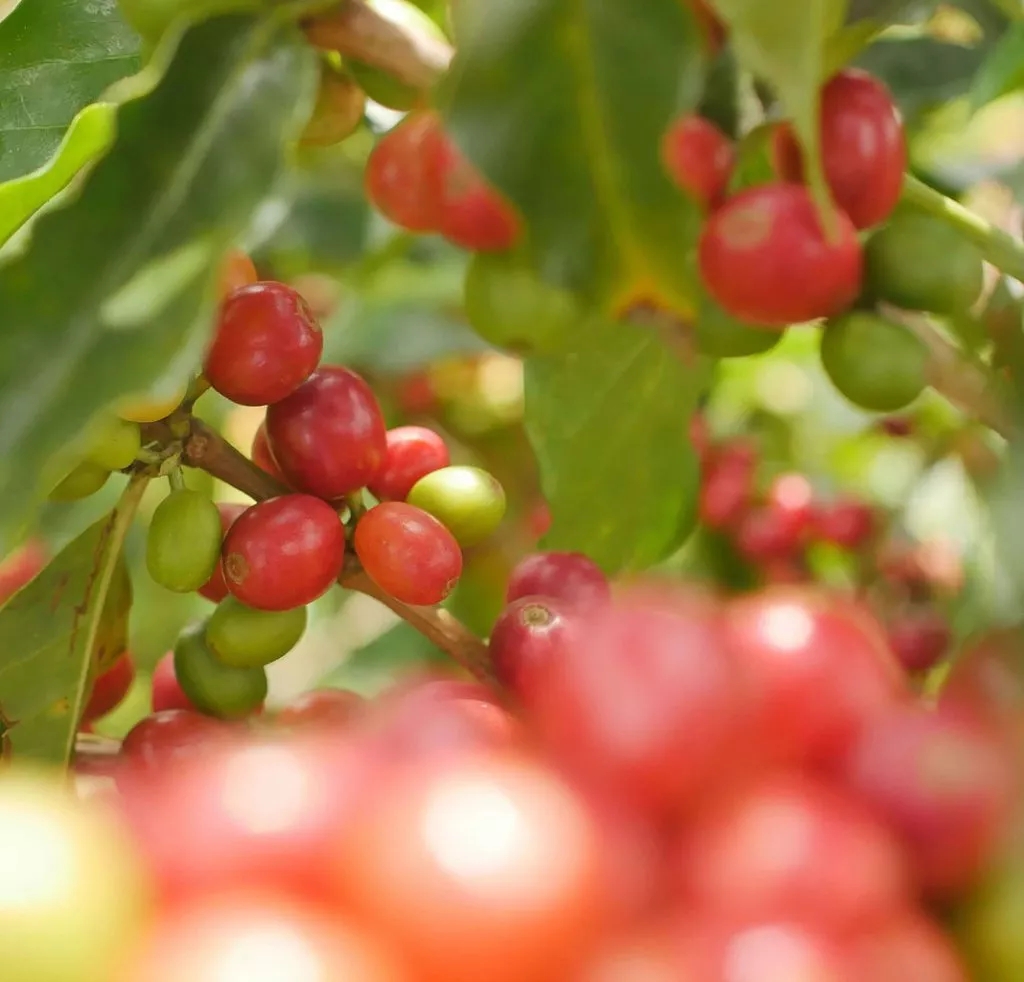
After the red bourbon general coffee tree blossoms and bears fruit, the color change of the coffee fruit is: green > turn yellowish > turn slightly orange > turn mature red > turn more ripe dark red, so some people also call it [red bourbon], in fact, red bourbon, that is, what we call bourbon species.
The propagation route of bourbon species
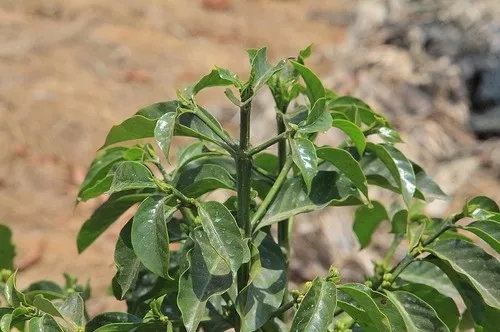
Due to the low yield and easy to interfere with diseases of the tin card introduced to Brazil in 1727, the bourbon was introduced to Brazil around 1860 via Campinas in the south, and rapidly expanded northward to other parts of South and Central America.
In Latin America today, although most of the bourbon species have been basically replaced by their varieties (especially Caturra,Catuai and Mundo Novo, etc.), bourbon is still grown in El Salvador, Guatemala, Costa Rica, Peru and other countries.
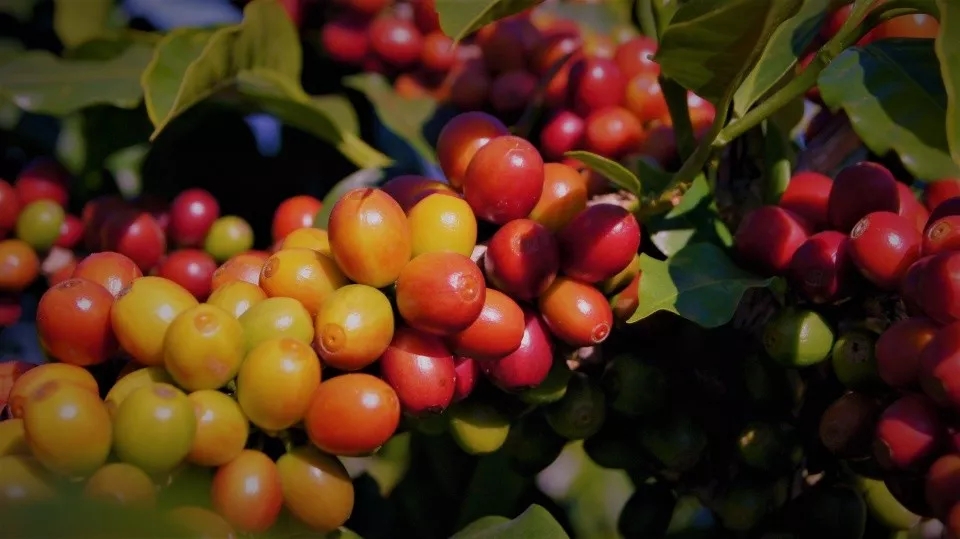
In Africa, French missionaries known as Spiritan (from the Holy Spirit) played an important role in the spread of the bourbon species.
The first church was founded in Reunion in 1841 and a branch was established in Zanzibar in 1859, while from Zanzibar, a branch was established in Bagamoyo (Bagamoyo, coast of Tanzania, then known as Tanganyika) and St. Augustine (Kikuyu, Kenya) in 1862, and a branch was established in Bura (Taita Hills, Kenya) in 1893. The establishment of each chapter was accompanied by the planting of coffee seeds from Reunion.
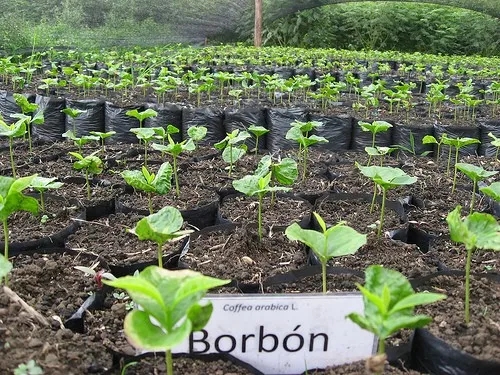
Seedlings cultivated by Bura in 1899 were brought to another French church in Santa Cruz (near Nairobi), introduced to the Kilimanjaro region of Tanzania in 1900, and distributed seeds to local residents who were willing to grow coffee. This is the origin of the so-called "missionary bourbon". Then the Kent species was introduced in 1920. Therefore, up to now, the coffee in Tanzania is mainly bourbon and Kent.
-- French Territory Bourbon Island
-- pointed Bourbon to New Caledonia Yemen in 1860
-- 1732 round bourbon to British dependent St. Helena Island
-- round bourbon to Brazil in 1860
-- round bourbon to Rwanda, Kenya, Tanzania in 1900
Sharp Bourbon to Colombia after 2000
03 | handling method
This bean is treated in the sun.
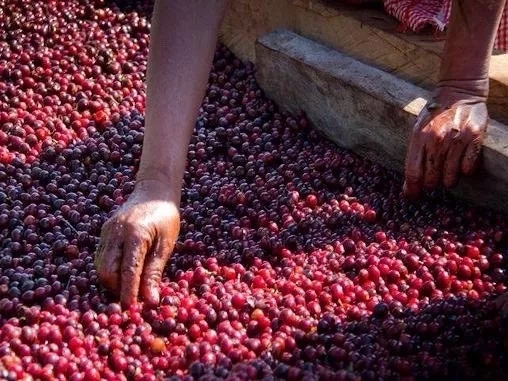
Sun treatment can be said to be a relatively old method of treatment. Sun treatment is a kind of low-cost and simple treatment. Sun treatment is to reduce the water content of coffee through a large amount of drying.
First, screen the floating beans.
Pour the harvested coffee fruit into a large trough, and the ripe and full fruit will sink to the bottom of the water; the underdeveloped or overripe fruit will surface, and these floating beans need to be removed. But in some areas where water is scarce, coffee fruits are screened through a sieve.
2. Sun drying
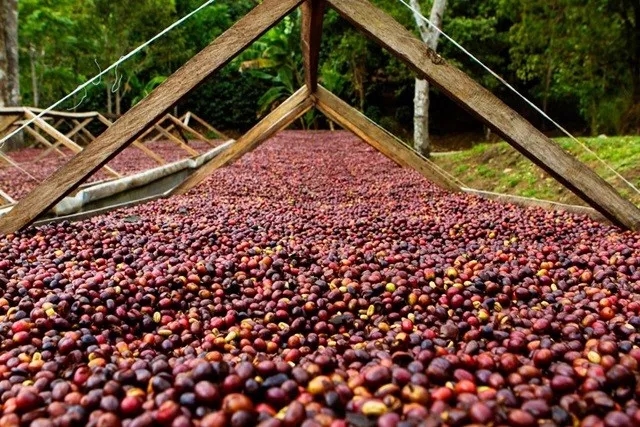
After screening the coffee fruit, spread the whole coffee fruit with meat and seeds on the cement ground or on the sun bed to dry naturally to about 12% of the water content, which takes about two to four weeks, depending on the climate of the place of origin.
Third, shelling
After the coffee fruit is dried, the hard peel, pulp and sheepskin are removed by a shelling machine, and the coffee raw beans we want are obtained.
04 | Baking analysis
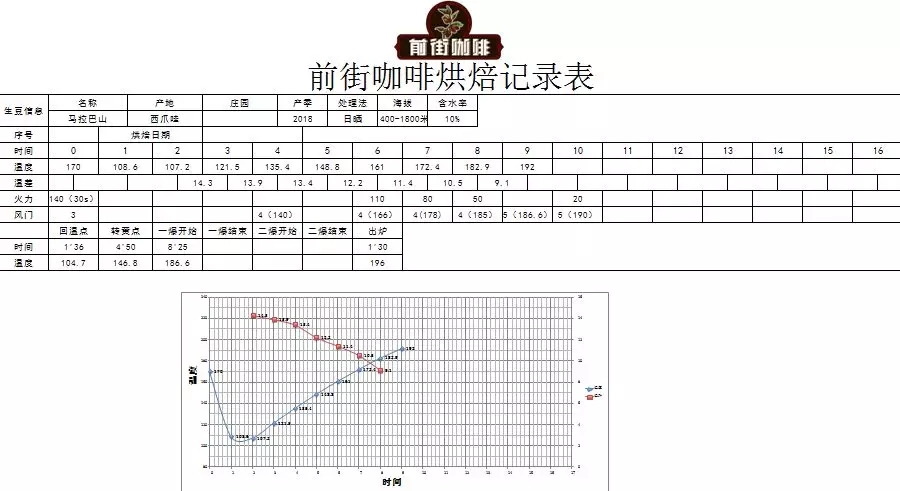
Roaster Yangjia 800N semi-direct fire (baking capacity 300g)
The furnace temperature is preheated to 170 ℃ into the pot, and the firepower is turned on to 140 after opening the throttle for 30 seconds. When the temperature is 104.7 ℃, the firepower remains unchanged, the throttle turns yellow, the smell of grass disappears, enters the dehydration stage, the firepower remains unchanged, and the throttle remains 4.
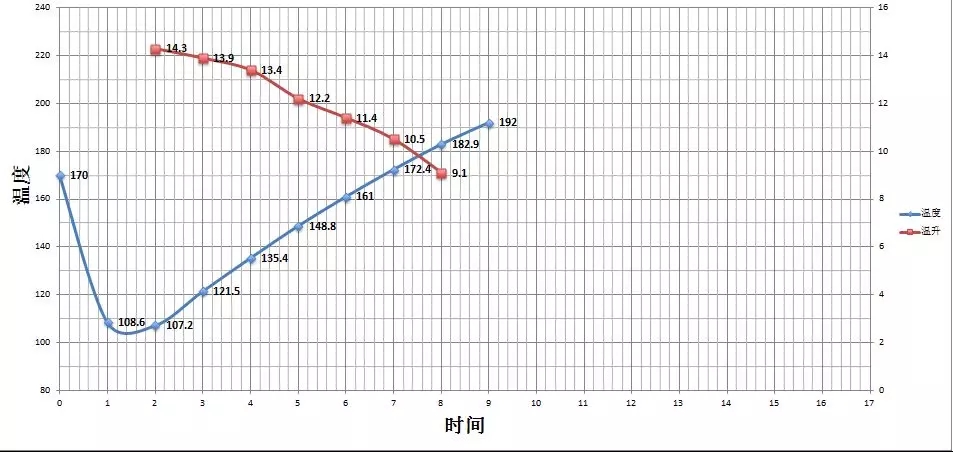
After dehydration, the bean surface appears wrinkles and black markings, and the smell of toast changes to coffee, which is a prelude to an explosion. Listen to the sound of an explosion. When the sound of the explosion begins, the throttle is fully open at 5 and the firepower is adjusted to 50. After an explosion, the development time is 1mm, 39th, 30th, 196℃, put into the pot.
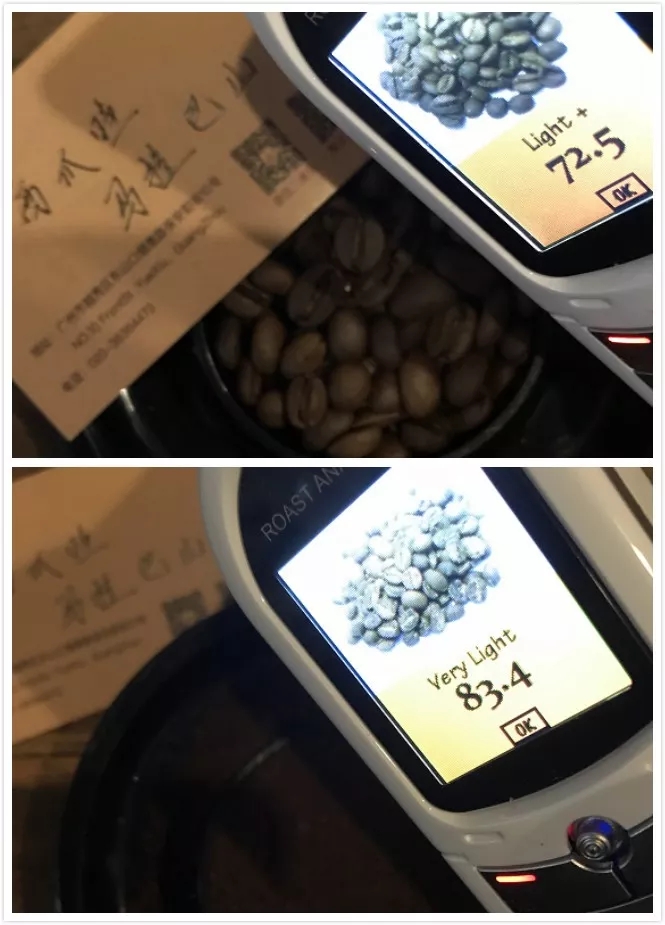
The Agrton bean color value is 72.5 (above), the Agrton pink value is 83.4 (bottom), and the Roast Delta value is 10.9.
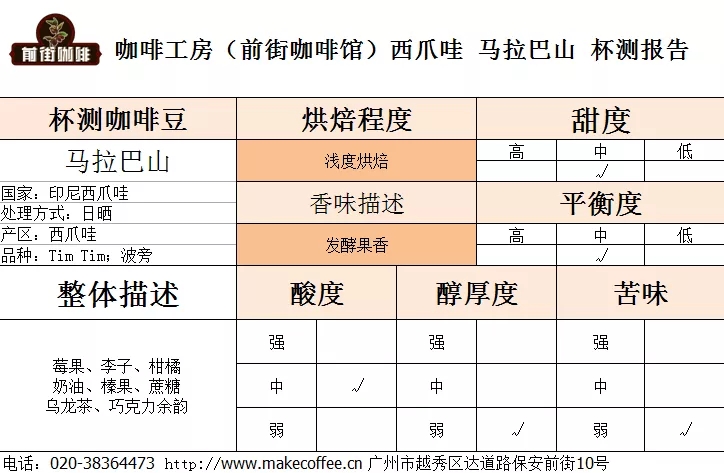
Cup test: with berries, plums, citrus, cream, hazelnut, sugar flavor, chocolate, oolong tea finish, the overall soft, balanced.
05 | Cooking suggestion
Suggested cooking method: hand flushing
Filter cup: V60 filter cup
Degree of grinding: BG 5R (pass rate of Chinese standard No. 20 screen 58%)
Powder / water ratio: 1:15
Water temperature: 89-90 ℃
Cooking technique: stage-by-stage extraction
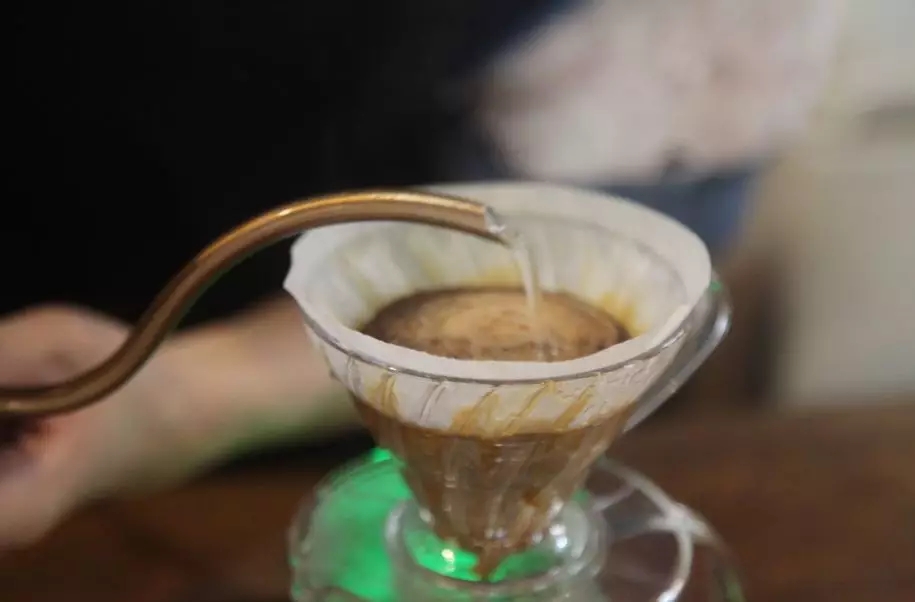
Steam in 35 grams of water for 30 seconds, boil the small water slightly faster to 130 grams, wait for the water level to drop to 227 grams when the powder bed is about to be exposed, remove the filter cup when the powder bed is about to be exposed, and the extraction time is about 39 percent 40 ".

Flavor: it smells of citrus acid and fermented fruit, with sour notes of lemon, plum, citrus and plum on the palate, licorice and nuts in the middle, oolong tea in the finish and sugar in the mouth.
Important Notice :
前街咖啡 FrontStreet Coffee has moved to new addredd:
FrontStreet Coffee Address: 315,Donghua East Road,GuangZhou
Tel:020 38364473
- Prev
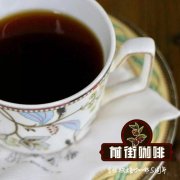
Does coffee have any effect on people with high blood pressure?
Does coffee have an effect on hypertension? Caffeine is the main ingredient that affects blood pressure in coffee, and the effect of caffeine on human body varies with the concentration and total amount of caffeine consumed. Moderate concentration and moderate amount of coffee have an exciting effect on the human brain, which can cheer up the spirit and improve fatigue, as well as a weak exciting heart and diuretic effect. Polyphenolization of coffee with high content
- Next
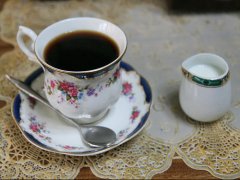
What exactly is the coffee fat?
Standing on the basis of the aroma and flower of coffee, it is called grease. What is Crema? Coffee grease is a layer of coffee foam with rich taste and aroma floating on coffee. To put it simply, the high temperature and high pressure in the brewing process combines the air with the soluble fat in the coffee, and the coffee oil is produced. Some people would call this phenomenon the Guinness phenomenon.
Related
- What documents do you need to go through to open a coffee shop? coffee shop coffee shop certificate processing process
- How to purchase Coffee beans in small Cafe how to choose a suitable supplier for domestic Coffee supply Company
- How to drink Starbucks Fragrance White Coffee? how to make Australian White Coffee? what Italian coffee beans are recommended?
- The Story of Flora Coffee: the name of Flora Coffee Bean and the implication of the Flowers on Florna Coffee
- How much does a cup of coffee cost? How much is the profit of a cup of coffee? What is the profit of the coffee shop in a year?
- Yunnan small Coffee, known as "fragrant Coffee", introduces the characteristics of Alpine Arabica Coffee producing areas in Yunnan, China
- 2023 latest Starbucks full menu price list how much is a cup of Starbucks coffee what is better to drink the most popular hot and cold drinks recommended
- Starbucks different kinds of Coffee Price list Starbucks menu 2023 Top Ten Best drinks in Starbucks
- Starbucks Spring praise Comprehensive matching Coffee Bean theme Story Packaging implication and taste description
- The cost of a cup of coffee latte American coffee cost price and selling price

